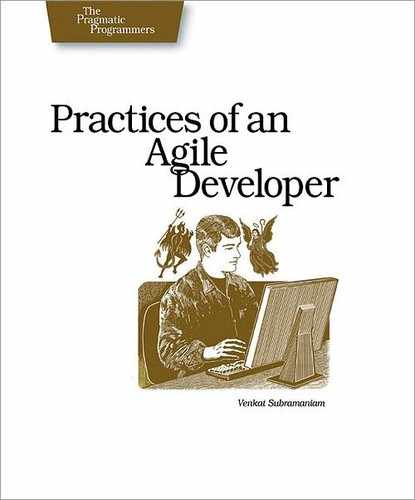0%
72Chapters
0-1Hours read
0kTotal Words
Book Description
These are the proven, effective agile practices that will make you a better developer. You'll learn pragmatic ways of approaching the development process and your personal coding techniques. You'll learn about your own attitudes, issues with working on a team, and how to best manage your learning, all in an iterative, incremental, agile style. You'll see how to apply each practice, and what benefits you can expect. Bottom line: This book will make you a better developer.
Table of Contents
- Practices of an Agile Developer
- Copyright
- For the Best Reading Experience...
- Table of Contents
- What readers are saying about Practices of an Agile Developer
- Chapter 1: Agile Software Development
- Chapter 2: Beginning Agility
- Chapter 3: Feeding Agility
- Chapter 4: Delivering What Users Want
- Chapter 5: Agile Feedback
- Chapter 6: Agile Coding
- Chapter 7: Agile Debugging
- Chapter 8: Agile Collaboration
- Chapter 9: Epilogue: Moving to Agility
- Appendix 1: Resources
- Bibliography
